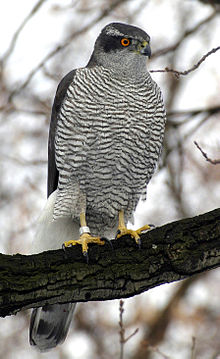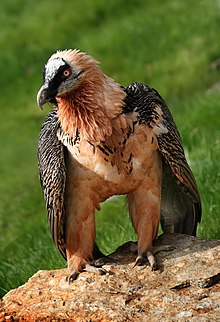誤譯,誤解與400年之隔的達文奇和畢加索: Vulture, hawk, kite, The Virgin and Child with Saint Anne ( Leonardo da Vinci, c. 1503);La Coiffure (Pablo Picasso, 1906)
https://www.facebook.com/hanching.chung/videos/593329445050453
Due to rights restrictions, this image cannot be enlarged, viewed at full screen, or downloaded.
La Coiffure
Pablo Picasso Spanish
https://www.metmuseum.org/art/collection/search/488710
| Madonna and Saint Anne | |
|---|---|
 | |
| Artist | Leonardo da Vinci |
| Year | c. 1503 |
| Medium | Oil on wood |
| Dimensions | 168 cm × 112 cm (66 in × 44 in) |
| Location | Louvre, Paris |
| Accession | INV 776 |
The Virgin and Child with Saint Anne is an unfinished oil painting of c. 1503 by Italian Renaissance artist Leonardo da Vinci depicting Saint Anne, her daughter the Virgin Mary and the infant Jesus.[1] Christ is shown grappling with a sacrificial lamb symbolizing his Passion as the Virgin tries to restrain him. The painting was commissioned as the high altarpiece for the Church of Santissima Annunziata in Florence and its theme had long preoccupied Leonardo.[citation needed]
Freud's interpretation[edit]
Sigmund Freud undertook a psychoanalytic examination of Leonardo in his 1910 essay Leonardo da Vinci, A Memory of His Childhood. According to Freud, the Virgin's garment reveals a vulture when viewed sideways. Freud claimed that this was a manifestation of a "passive homosexual" childhood fantasy that Leonardo wrote about in the Codex Atlanticus, in which he recounts being attacked as an infant in his crib by the tail of a vulture. Freud translated the passage thus:"It seems that I was always destined to be so deeply concerned with vultures – for I recall as one of my very earliest memories that while I was in my cradle a vulture came down to me, and opened my mouth with its tail, and struck me many times with its tail against my lips."
Unfortunately for Freud, the word 'vulture' was a mistranslation by the German translator of the Codex and the bird that Leonardo imagined was in fact a kite, a bird of prey which is also occasionally a scavenger. This disappointed Freud because, as he confessed to Lou Andreas-Salomé, he regarded Leonardo as "the only beautiful thing I have ever written". Some Freudian scholars have, however, made attempts to repair the theory by incorporating the kite.
Another theory proposed by Freud attempts to explain Leonardo's fondness of depicting the Virgin Mary with Saint Anne. Leonardo was raised by his blood mother initially before being "adopted" by the wife of his father Ser Piero. The idea of depicting the Mother of God with her own mother was therefore particularly close to Leonardo's heart, because he, in a sense, had "two mothers" himself. It is worth noting that in both versions of the composition (the Louvre painting and the London cartoon) it is hard to discern whether Saint Anne is a full generation older than Mary.
kite
《鳥類》トビ(◆日常語では hawk)
hawk
鷹在鳥類的分類上指鷹屬的猛禽,也是小型鷹科猛禽的泛稱。[1][2]而中文中較廣義不準確的用法也將鷹科、較大的隼科與鴞形目的鳥類俗稱為鷹。
鷹為肉食性,嘴彎曲而銳利,方便撕開以及進食肉塊,腳爪具有鉤爪,性情兇猛,食物包括小型哺乳動物、爬行動物、其他鳥類以及魚類,白天活動。牠們還有極為銳利的視力使牠們非常善於狩獵。[3]鷹可以從很遠的地方,看見可能的獵物,這樣特殊的視力主要是因為它們有極大而且特殊的瞳孔,可以讓進入眼睛的光線產生的繞射達到最小的程度。鷹的雌鳥體型通常比雄鳥大。
| Hawk | |
|---|---|
 | |
| Adult Northern goshawk | |
| Scientific classification | |
| Kingdom: | |
| Phylum: | |
| Class: | |
| Order: | |
| Family: | |



沒有留言:
張貼留言